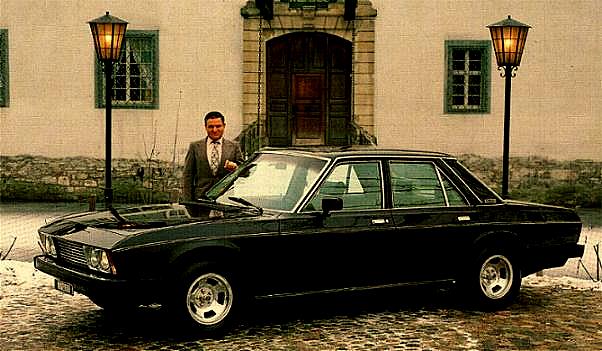Obscure Sedans of Yore
Posted on May 4, 2016 in Antique | Comments Off on Obscure Sedans of Yore
Today we will take a look at some of the most obscure sport sedans of the past. You may recognize some, but I bet a few will be new. Let me know if I missed any you want to see.
Lancia Flaminia – This car was a sports saloon built until the 1970’s. It is notable because a convertible version was the car used in the film “The Italian Job.” When the mafia group pushes the Aston Martin off the side of the cliff, a Flaminia was used in its place due to cost. The name Flaminia comes from the Lancia habit of naming their cars after Italian roads. The Berline, or sedan was designed by Pininfarina, and the only version to be built throughout the entire production span.
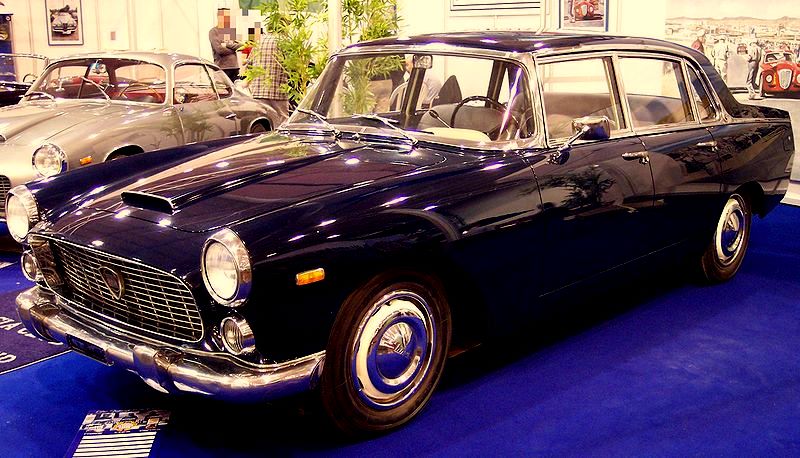
Lancia Flaminia
Rover – British Leyland, which owned Rover was known for many of the best known British sports cars. Rover produced some of the best, and worst sedans of the day. Notable sedans included the P5 (a favorite of the British Government), the P6 (an icon of the 1960’s and 70’s), and the miserable SD1. The SD1 was made famous in the Top Gear British Leyland test, where it failed to retain water and its doors fell off. The P6 is also famous as the car in which Princess Grace Kelly was killed, in an accident in Monaco.
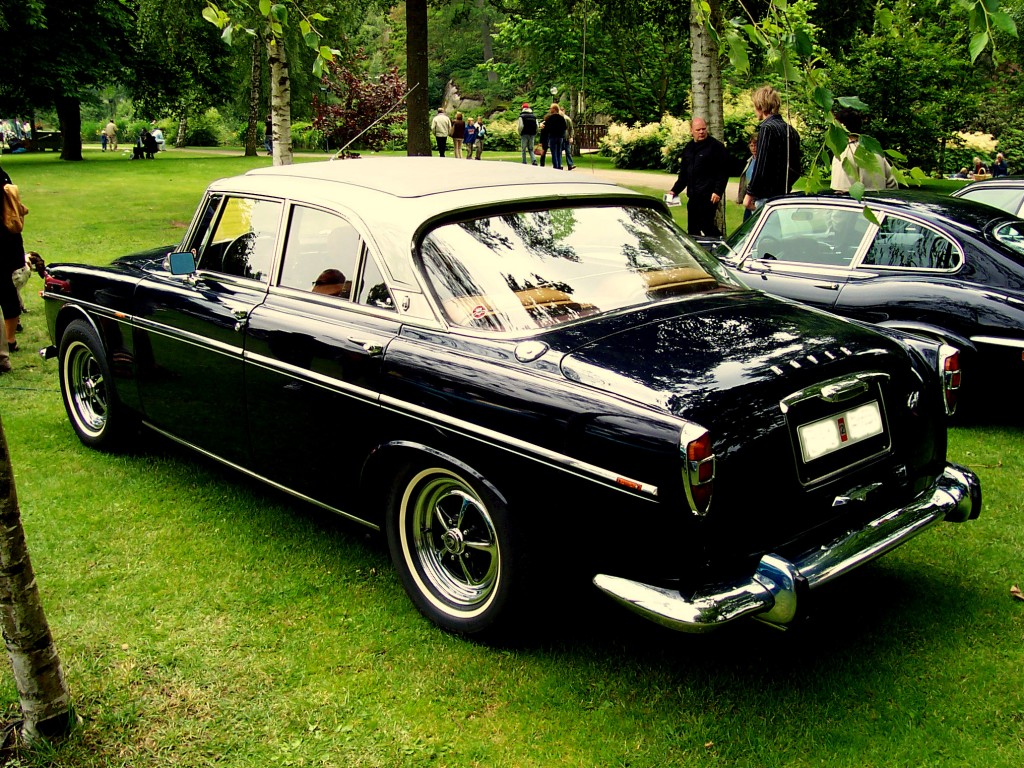
Rover P5
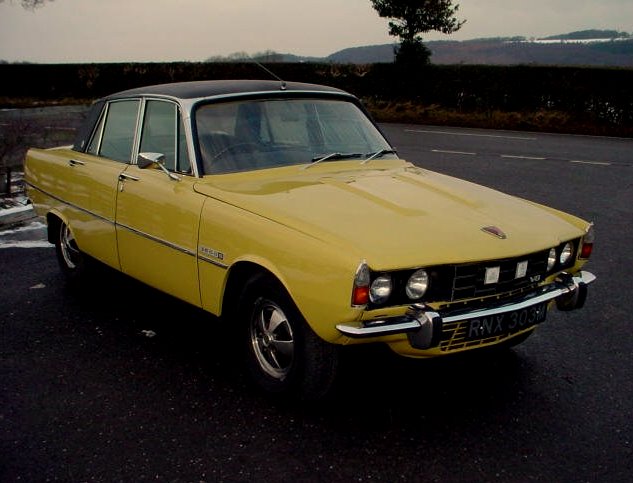
Rover P6
Iso Fidia – Iso is the company that brought us the Isetta bubblecar. They are also famous for great sports cars like the Grifo, the Lele, and the Rivolta. Iso cars were designed and built by the team of Bizzarrini and Giugiaro, the former being famous for the Ferrari “palace revolt” and his own sportscar named the Bizzarrini 5300 GT. Built between 1967 and 1975, the Fidia had so much polished wood and hand stitched leather, that it cost more than a Rolls Royce. The second car ever made was purchased by John Lennon.
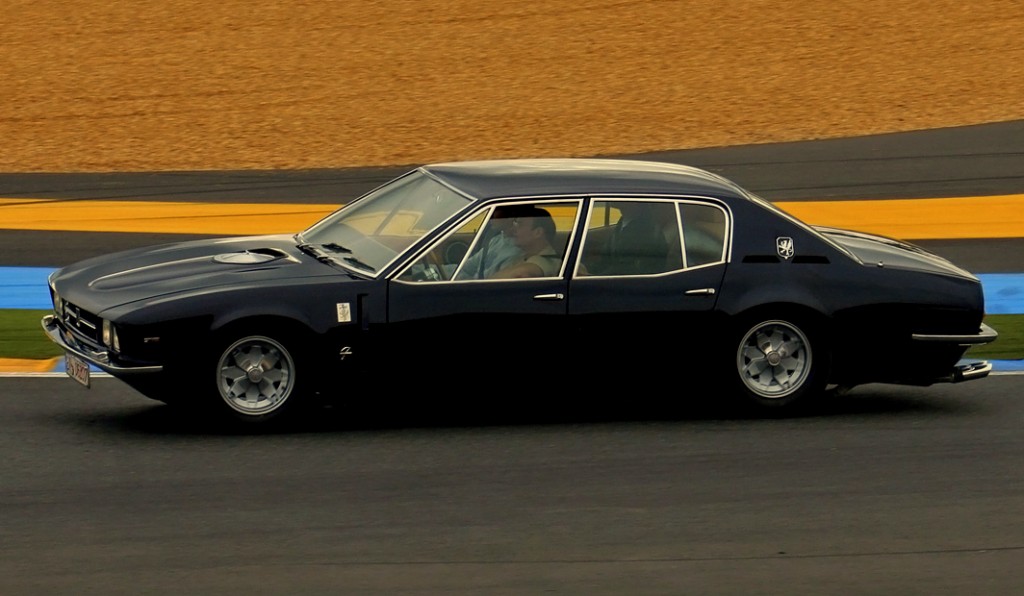
Iso Fidia
Avanti – Designed by the famed design team of Raymond Loewy, this was the brainchild of Sherwood Egbert, the president of Studebaker. He knew the end was near, and wanted a sports car that was so radical, it would save the company. It didn’t, but it did outlast Studebaker by over 40 years.
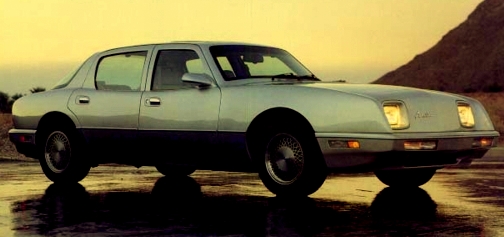
Avanti Sedan
Borgward – This was a German company that produced cars until 1961, then again in Mexico until 1970. Famous for their transmissions and pneumatic suspensions, the P100 Isabella model was a beautiful design.

Borgward P100
Lotus Carlton – Lotus built this car based on the Vauxhall Carlton during the 1990’s. Once considered the fastest four door saloon in the world, the more sedate US version was sold as the Cadillac Catera. Lotus said the car could reach 186mph, and offered it in only one color, British Racing Green.

Lotus Carlton
Panther DeVille – Cruella DeVil’s car from the movie “101 Dalmatians.” Panther built two sedans, one was a restyled Triumph Dolomite with a Rolls Royce like interior. This concept didn’t work when Cadillac tried it on the Cavalier/Cimarron, and it worked less here. One other evil cartoon villain also owned a Panther DeVille, Sir Elton John.
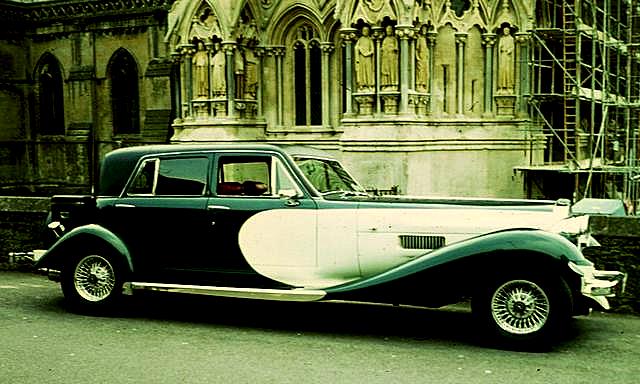
Panther DeVille
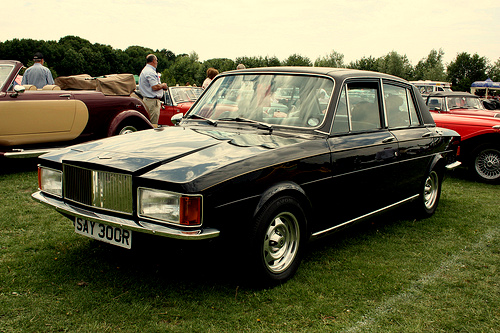
Panther Rio
Sterling – This was a British car made by Rover and Honda. Basically an Acura Legend sedan, it had an upgraded interior, and extensive use of wood trim. Unfortunately, it was sold at the same time as a cheap cologne called British Sterling, that had a catchier jingle. The cologne stayed, the car did not.
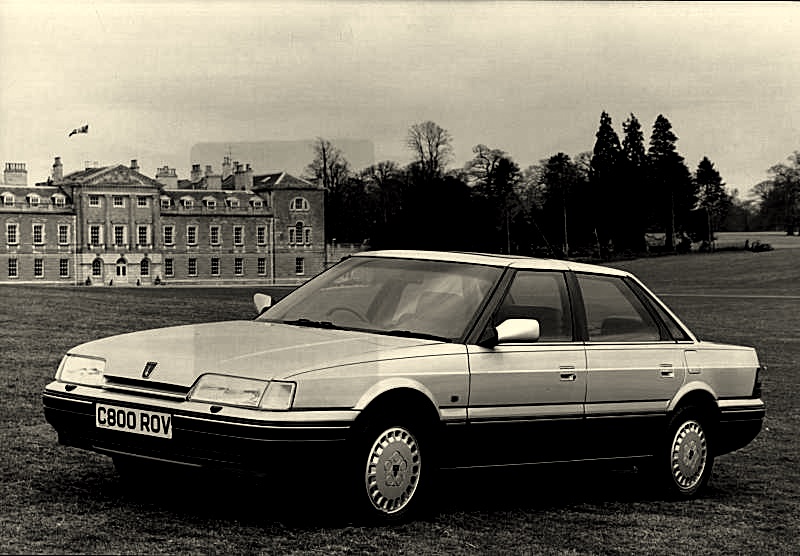
Sterling 827
Stutz – The Diplomatica was a neo-classic limited edition luxury car designed by Virgil Exner, of Chrysler fame. It’s claim to fame is that many celebrities bought these monstrosities, including Elvis, Dean Martin, Sammy Davis, Kenny Rogers and Lucille Ball.

Stutz Diplomatica
Checker – The Checker Motor Company built taxicabs for many years, but went into the consumer car business during the 1960’s. The car in this photo is of a concept made by Ghia, with the help of Alejandro de Tomaso called the Ghia Checker Centurion. This car is such a mystery, that no one knows if it was a design for a new taxi, a concept for Checker’s foray into the limousine market, or a possible Checker based replacement for the lost Ghia designed Chrysler Imperials. It was never produced, and this concept is the only known example.

Ghia Checker Centurion
Wartburg – This East German car was imported in very small numbers to the US, and featured a three cylinder two stroke engine with only seven moving parts. The model in the photo is the Wartburg Knight.

Wartburg Knight
Lagonda Rapide – Long before the current Rapide model by Aston Martin, the name was used for a sedan used by David Brown to revive the Lagonda brand. In the 1970’s, the name was again used on the Aston Martin Lagonda sedan designed by William Towns.

Lagonda Rapide

Aston Martin Lagonda
Maserati – The Quattroporte pictured here is a Series I car first produced in 1963. Designed by Frua and Vignale, the car was produced until 1974, when it was replaced with the Series II shown below. The first series was a success, but the later series nearly bankrupt the company.

Maserati Quattroporte I

Maserati Quattroporte II

Maserati Quattroporte III
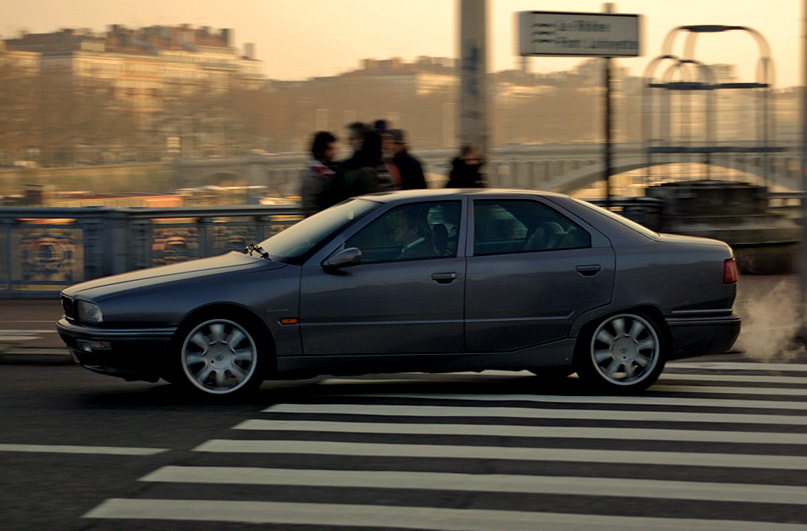
Maserati Quattroporte IV
De Tomaso – The Deauville was a luxury sedan made by de Tomaso, and based on the Maserati Quattroporte III. It sported a V8 Ford Cleveland engine and had a top speed of about 150mph. Only 244 copies were made, spawning a coupe version sold as the Longchamp.
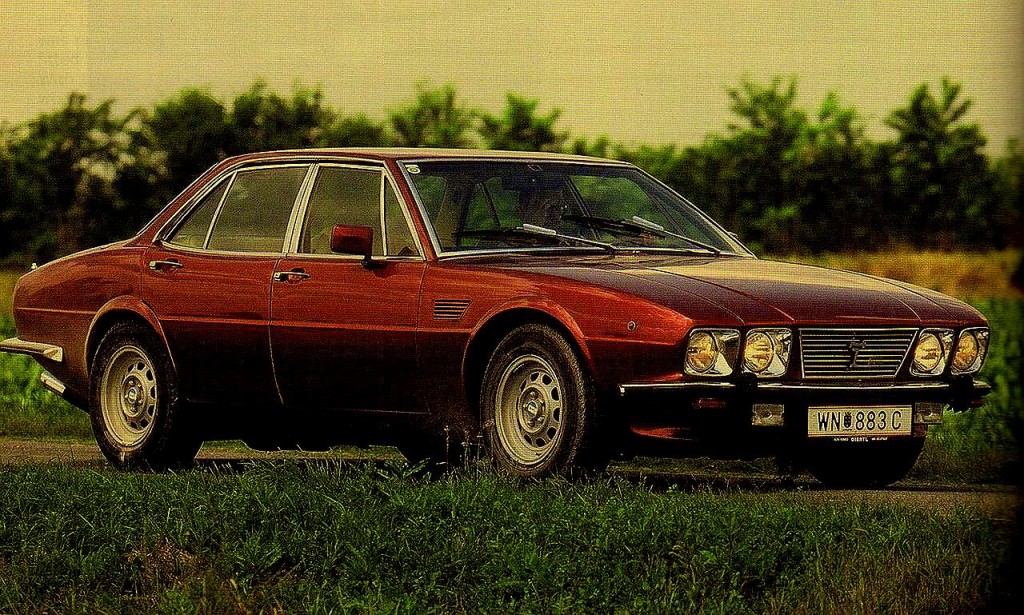
De Tomaso Deauville
Bitter – Erich Bitter was a race car driver that also built luxury cars in Germany, and later Austria. The SC is based on the Opel Senator, and was sold from 1979 to 1989. Only 5 sedans were sold, mostly through Buick dealerships. The company folded in the late 1980’s.

Bitter SC
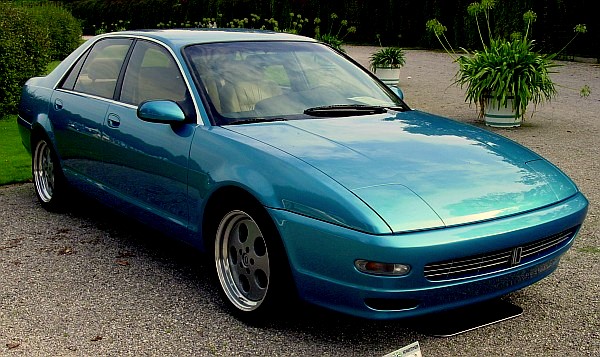
Bitter Berlina
Monteverdi – This Swiss car manufacturer sold both boutique converted luxury cars based on everything from the Plymouth Volare to the Mercedes Benz S-Class. Sedans from the company include the Tiara, Sierra and the High Speed 375/4.
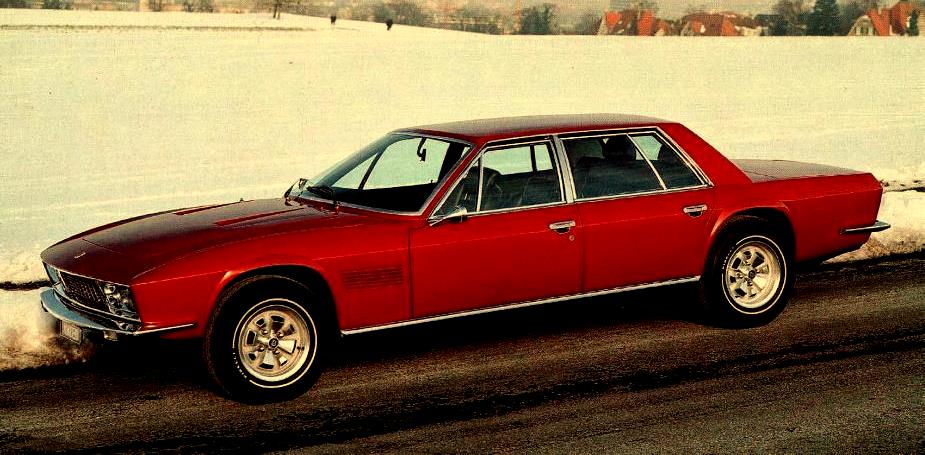

Monteverdi High Speed 375/4
